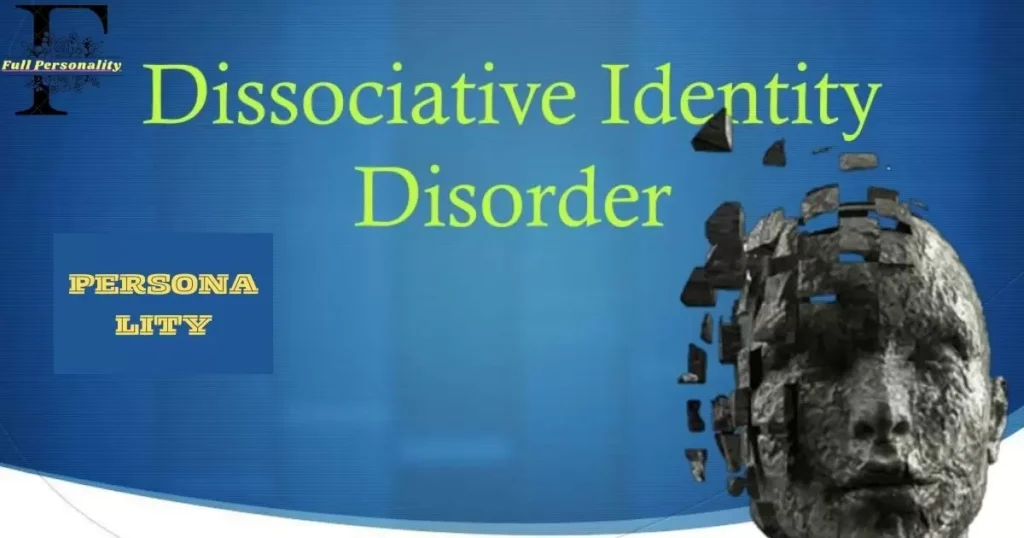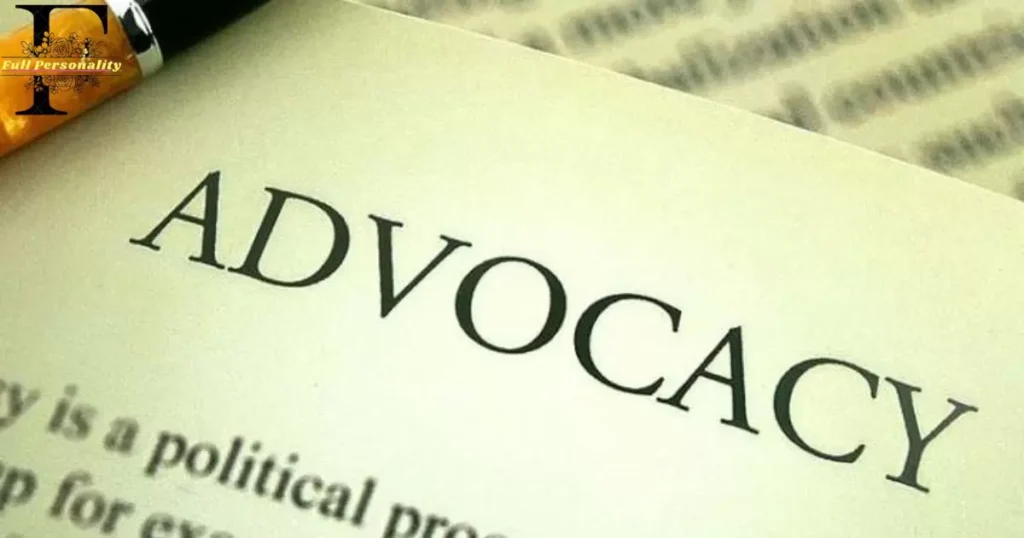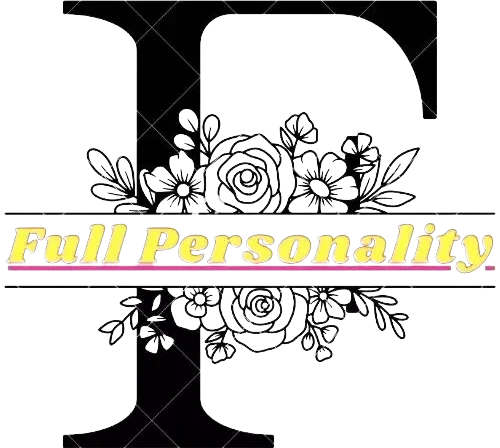Dissociative Identity Disorder (DID), previously known as Multiple Personality Disorder, is a severe dissociative disorder characterized by the presence of two or more distinct personality states, known as “alters.”
This complex mental illness develops as a coping mechanism for extreme childhood trauma. In this in-depth guide, we’ll explore the symptoms, causes, diagnosis and treatment of DID while raising awareness of this misunderstood condition.
What Is Dissociative Identity Disorder?
Dissociative Identity Disorder (DID) is a diagnosis listed in the Diagnostic and Statistical Manual of Mental Disorders (DSM-5). Individuals with DID experience discontinuities in their sense of identity and consciousness due to disruptions in memory and identity. You may want to Read: High Functioning Avoidant Personality Disorder
The essential features of DID include:
- The presence of two or more distinct personality states, known as alters, that recurrently take control of behavior.
- Inability to recall important personal information that is too extensive to be explained by ordinary forgetfulness.
- The disturbance is not due to substance use, neurological conditions, or imaginary role plays/fantasies.
People with DID switch between different alters, experiencing episodes of lost time and finding themselves engaged in activities they have no memory of. Their behavior often depends on which alter is fronting or in control of their behavior at a given time.
Dissociative Identity Disorder Symptoms
Individuals with DID exhibit a wide variety of symptoms that vary depending on the altar that is fronting. Common symptoms include. You may want to Read: Personality step by step
Lost time: Inability to recall certain events or activities due to switches between alters.
Identity confusion: Unclear or uncertain sense of self or identity. Difficulty integrating alters into a single identity.
Depersonalization: Experiencing a sense of detachment or estrangement from oneself. Feelings of being an outside observer of one’s thoughts or body.
Derealization: Feelings that the outside world or environment is strange, unfamiliar, dreamlike or unreal.
Amnesia: Gaps in memory of everyday events or activities. Unable to recall important personal information provided by other alters.
Alterations in perception: Hallucinations, pseudo-hallucinations, illusions occurring in dissociative fugue states.
Alterations in sensory-motor functioning: Temporary paralysis, anesthesia, blindness or deafness.
Self-harm behaviors: Cutting, burning, hitting or hair pulling engaged in by alters to cope with extreme distress or dissociative episodes.
Those with DID may exhibit different identities or personality states, known as alters, that have their own names, distinct traits, preferences, mannerisms and life histories. Switching between alters results in loss of continuity in characteristics, senses of self, memory and consciousness.
Causes And Risk Factors Of Dissociative Identity Disorder

The cause of Dissociative Identity Disorder is complex but there are certain risk factors associated with its development.
Severe childhood trauma: DID almost always develops as a response to experiencing prolonged, repeated trauma before age 9, especially physical or sexual abuse. The psychological trauma overwhelms a child’s ability to process and integrate the memories and emotions.
Genetic factors: Some researchers believe there may be a genetic predisposition to dissociating as a coping mechanism to trauma. Those with a family history of mental illness may be more vulnerable.
Adverse childhood experiences: Events like parental loss, neglect, traumatic medical procedures, witnessing domestic violence can increase risk if experienced at very young ages.
Dissociative tendencies: Those with an innate ability to dissociate or compartmentalize emotions may be more likely to develop distinct alters as a coping strategy.
Lack of social support: Children who experience trauma without a nurturing caregiver to help them process and integrate the trauma have higher risk of developing DID.
The development of Dissociative Identity Disorder is believed to stem from severe childhood trauma overwhelming a child’s capacity for emotional regulation at critical stages of development, forcing the creation of separate identities or alters to cope with abuse or neglect experiences.
Diagnosing Dissociative Identity Disorder
Diagnosing DID can be difficult due to the secretive nature of the disorder and potential for missed or misdiagnosis. Healthcare professionals rely on a clinical interview and evaluation of symptoms. The diagnostic process may involve.
- A detailed medical history, including childhood trauma history
- Mental status exam focusing on signs of dissociative symptoms
- Neuropsychological testing to evaluate memory functioning and identity integration
- Screening questionnaires like the Dissociative Experiences Scale
- Objective measures of dissociative symptoms during hypnotic or hypnoid states
- Longitudinal evaluation over months or years as trust is built
- Rule out of other disorders like schizophrenia or bipolar disorder
- Corroboration of reported symptoms from family or other sources
- Consultation with mental health specialists
An official DID diagnosis requires meeting criteria for distinct alter personalities as outlined in the DSM-5. Misdiagnosis most commonly occurs as PTSD, borderline personality disorder or schizophrenia. Proper diagnosis is critical for providing the right treatment approach.
Treatment Of Dissociative Identity Disorder

The goal of DID treatment is to help the individual achieve a coherent sense of self and identity by integrating the dissociated alters. A multifaceted treatment approach tailored to the individual’s needs often provides the best outcomes. Common DID treatment options include:
Individual psychotherapy: Long-term therapy focused initially on building trust, then stabilizing symptoms before progression to integration work. Approaches may include cognitive behavioral therapy and client-centered therapy.
Group therapy: Allows sharing experiences and provides validation/normalization often lacking for those with DID. Good supplement to individual therapy.
Family therapy: Involving supportive family members helps process trauma history and establishes a supportive system.
Creative therapies: Art therapy, music therapy, sandplay therapy and guided imagery aid nonverbal processing of trauma memories and foster internal communication between alters.
Medication: May be prescribed to help manage mood disorders, anxiety or self-harm behaviors as an adjunct to psychotherapy. Antidepressants are most commonly used.
Hypnosis or EMDR: Certain techniques have shown effectiveness in trauma processing and integration work with more stabilized DID patients under a therapist’s guidance and supervision.
Psychoeducation: Education helps those with DID and loved ones understand the disorder and treatment, reducing stigma and resistance to integration work.
Successful treatment is a long process requiring a multidisciplinary team approach and strong therapeutic alliance. Combining psychotherapy, medication management if needed and supportive therapies offers the best approach for treating DID and improving functioning.
Living With Dissociative Identity Disorder
While DID poses immense challenges, many learn to successfully manage their symptoms and live fulfilling lives with proper support and treatment. Managing daily life may involve:
- Maintaining ongoing therapeutic support and processing trauma memories.
- Journaling and establishing internal communication to gain co-consciousness between alters.
- Finding accepting support networks of loved ones and other DID individuals.
- Practicing mindful communication to reduce dissociative switching during stressful periods.
- Developing grounding strategies like breathing exercises to avoid losing time during triggers.
- Establishing consistent daily routines and self-care practices.
- Requesting workplace or academic accommodations for mental health needs.
- Monitoring social media consumption and limiting exposure to distressing topics.
- Developing healthy, low-stress hobbies to aid emotional regulation.
- Addressing any comorbid conditions with appropriate treatment.
- Maintaining open communication with doctors regarding medication changes and their effects.
With diligent self-care and ongoing treatment tailored to each alter’s needs, individuals can overcome stigma and live fulfilling, productive lives while managing DID. A strong support system makes long-term stability achievable.
Awareness And Advocacy

Further understanding through education and advocacy helps reduce stigma while empowering and supporting those living with Dissociative Identity Disorder. Key awareness initiatives include:
March 23rd: National Multiple Personality Day honors those affected and raises public awareness.
May 14th: International DID/MPD Awareness Day encourages speaking out, advocating for resources and honoring resilience.
DID conference presentations: Mental health professionals help increase understanding through research presentations.
DID advocacy organizations: Groups like ANZID and ISSTD aid advocacy, education and provide community support resources.
Online communities: Safe, moderated forums allow open discussion, validation and mentorship for those adjusting to DID diagnoses.
Informative websites: Sites with peer-reviewed clinician articles demystify DID while providing treatment options and success stories.
Books and documentaries: Thoughtfully written autobiographical accounts and films representing lived experiences humanize DID.
Growing understanding of DID’s complex etiology challenges stigmatizing assumptions. With knowledgeable diagnosis and compassionate long-term support, those affected can live happy, fulfilling lives. Their stories highlight both trauma’s impacts and the resilience of the human spirit.
FAQS
What is Personality Day?
Personality Day is May 14th.
Why is it no longer called multiple personality?
It is no longer called multiple personality because that term is confusing and stigmatizing.
What is multiple personality called today?
Today it is called dissociative identity disorder or DID.
How many personalities can 1 person have?
Research suggests people with DID can have 2 or more distinct personalities or alternate identities known as alters.
Can one person have multiple personalities?
DID is considered rare, affecting about 1 in 100 people.
Can you have DID without alters?
Yes, one person can genuinely have multiple personalities associated with DID.
Conclusion
Dissociative Identity Disorder is a serious but treatable mental health condition. Rooted in childhood trauma and dissociation as a survival mechanism. While diagnosis and lifelong management present many challenges.
A multifaceted treatment approach combined with advocacy helps break down stigma and empower sufferers to take control of their treatment. With diligent effort and the right long-term support system, living well with DID is certainly achievable.

Hello, I’m Andria Brown, the founder of Full Personality. With a background in SEO and three years of experience, I’ve always been fascinated by the ever-changing world of blogging. Full Personality is my platform to delve into the future of blogging. When not exploring tech trends, I focus on SEO and SERPs. I believe in building a community that shares ideas and stays ahead in innovation. Join me on this exciting journey!


